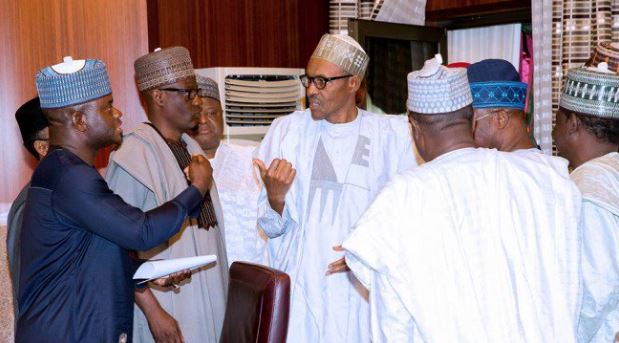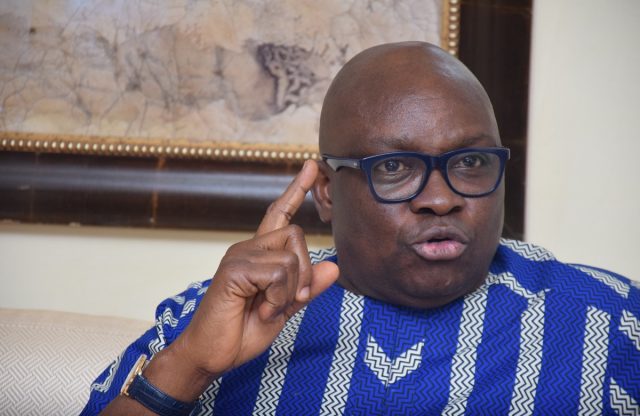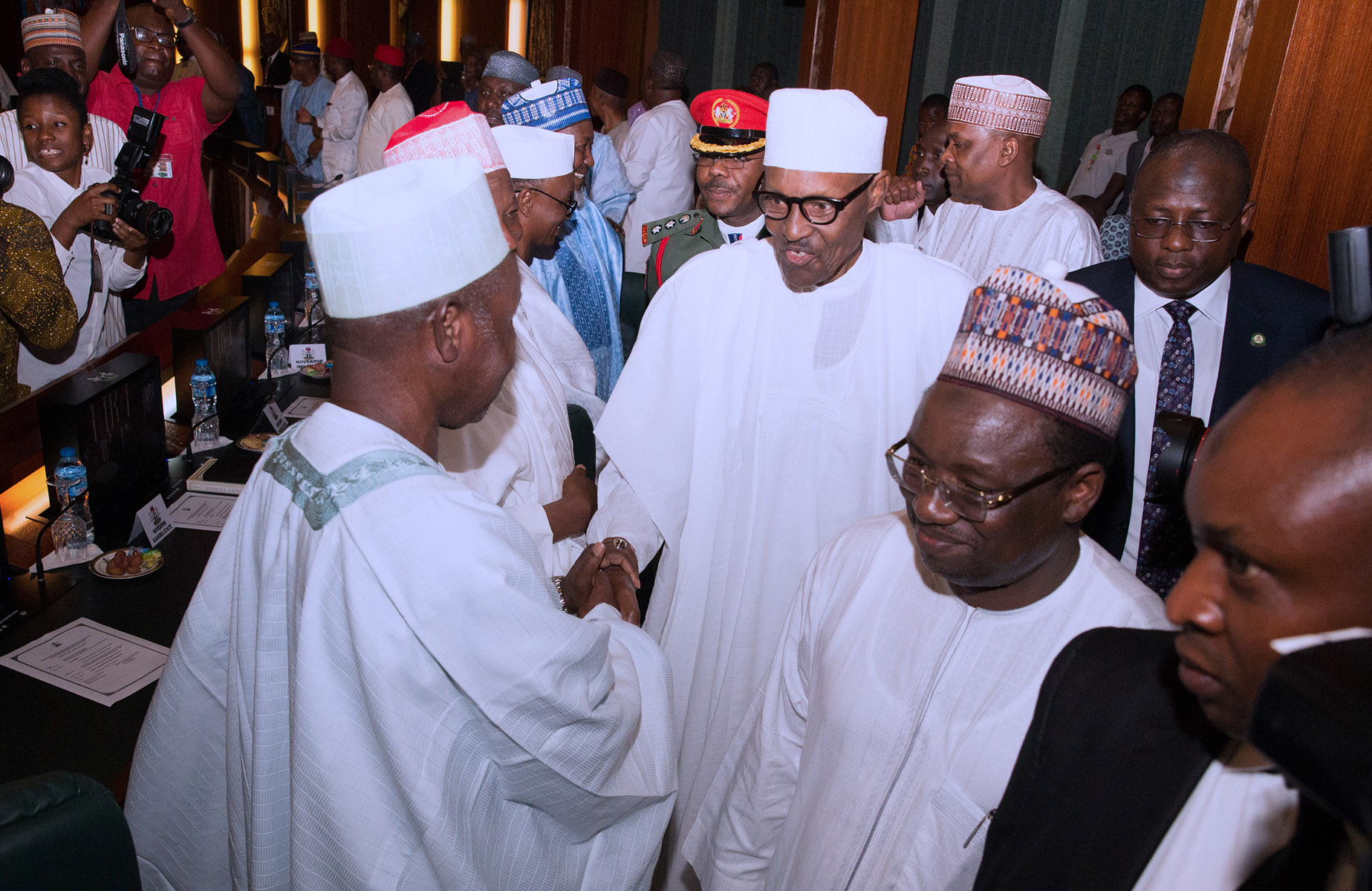The Nigeria Extractive Industry Transparency Initiative (NEITI) says the federal account allocation committee (FAAC) disbursed N6.418 trillion to the federal, state and local governments in 2017.
At an exchange rate of N305 to a dollar, this is $21 billion and is almost two times the size of the Ghanaian national budget, which was $13 billion in 2017.
Ghana, a neighbouring West African country, depends on crude oil, cocoa and gold with a population of 28.21 million as of 2016.
According to NEITI, FAAC disbursements increased by 25.8 percent and 6.8 percent when compared to total disbursements of N5.1 trillion and N6.011 trillion in 2016 and 2015 respectively.
Advertisement
However, it is still 34.1 percent and 25.3 percent lower than total disbursements of N9.742 trillion and N8.595 trillion in 2013 and 2014 respectively; meaning that revenue has not yet reached pre-oil price crash levels.
“The NEITI review attributed the revenue increase in 2017 to rising oil prices, improved oil production, and greater attention towards development of non-oil revenue sectors. It projected brighter prospects in 2018 as a result of the current oil price which recently hovered around $70 per barrel, in addition to upsurge in oil production,” the NEITI quarterly review read.
Osun got the lowest allocation while Akwa Ibom received the highest.
Advertisement
“Only four states received above N100 billion: Bayelsa (N105.3 billion), Delta (N111.2 billion), Rivers (N119.6 billion) and Akwa Ibom (N143.6 billion),” the report read.
“Total FAAC disbursements to states as a percentage of their budgets ranged from 7.6% in Osun State to 57% in Yobe state.
“Many states rely on FAAC disbursements to fund their budgets. The lower FAAC disbursements to states which started in 2014 have resulted in chronic shortage of funds for many states.
“These figures mean that the states will have to focus more efforts on generating revenue . However, this gap is so much that it is likely that many states will not be able to generate sufficient funds to close this gap. They might need to resort to increased borrowing, which is already at alarming levels.”
Advertisement







